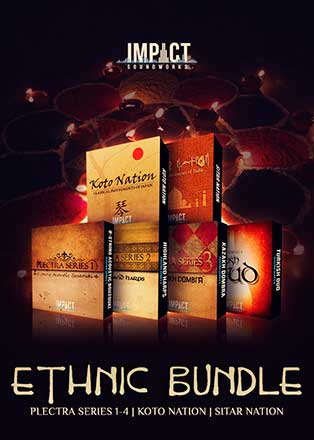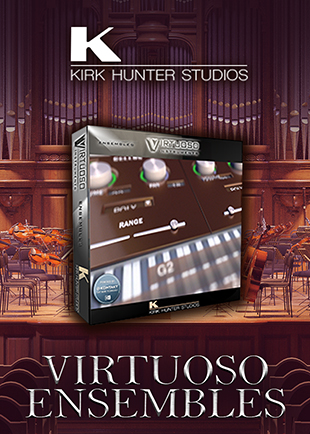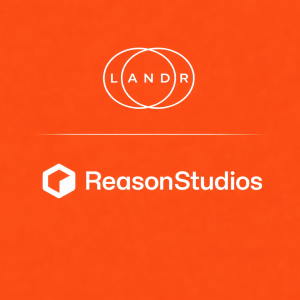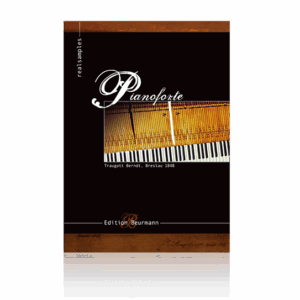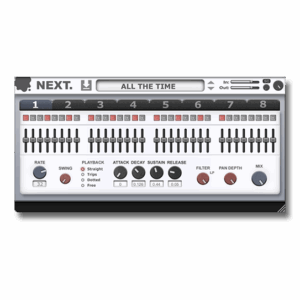I had a chance to chat with Anders from Robotic Bean and pick his brain about the company, music, plugin development, and their new highly addictive Portatron Tape Synthesizer.
For those of you who may be unfamiliar with Robotic Bean, they…wait… that’s what the interview is for 🙂

Anders, Can You Tell Us A little About Yourself and Robotic Bean’s Team?
Our trio is comprised of Niklas Backlund, the mastermind behind development, Erik Söderberg, the genius of graphics, and Anders Ljung, who handles the crucial yet unglamorous tasks.

I (Anders) worked at Propellerhead Software, and managed the Reason public beta testing. Niklas reported a bug on the MIDI clock, and since he was located nearby on the island Södermalm in Stockholm, we started talking.
Niklas had already started developing Rack Extensions for Reason, and Anders had an idea for a hand clap plugin. The AC-1 (acoustic) and EC-1 (808 style) hand clappers were the first plugins we did together. Soon we realized that we needed someone who could make great UIs.
Erik had done work for Propellerheads (Synchronous, for instance) and hung out in the office, so we recruited him. We developed many Rack Extensions before moving to VSTs with Hand Clap Studio in 2019.
What Exactly Does ‘Robotic Bean’ Mean?
Niklas started the company with his brother-in-law, and at the time, they were planning to also do apps for children, hence the cute name. But that plan never materialized, and the name got quickly established as a Rack Extension developer.
What’s Robotic Bean’s Team Background Experience?
Niklas is the developer, Erik does the GUIs, and Anders does the rest, like marketing and project management. But we do the product design (features, interaction design) together.
Niklas worked for the Swedish telecom giant Ericson for a long time, programming time critical radio signal applications. He started developing Rack Extensions in 2015 and later left Ericsson to work full-time with Robotic Bean. He has also done consulting work for Propellerheads and other audio plugin companies.
Erik has worked as a freelancer in 3D design and art for many years. He also makes his own Rack extensions under the brand Ekssperimental Sounds Studio (https://ekss.se/).
I started out playing synth-pop in a band called Art Fact at an early age. So synthesizers and music production have been a lifelong interest.
I studied sound and media engineering in college and conducted my thesis on interaction design at Propellerheads in 2006. I started working there, first with product development and later with testing, before joining Robotic Bean in 2017.
Do You Find Music Production and Plugin Development Challenging To Manage?
It’s a struggle 🙂 We all have musical projects, but Erik is probably the one spending the most time on actually making music with the tools we build.
He has many projects running, like Kinder Aus Asbest. Niklas’ wife is from Mexico, and he plays guitarron (bass guitar) in a Mariachi band that has quite a lot of gigs.
I play electronic drums (Nord Drum 2) in Puppetz, a band playing mostly Depeche Mode covers without backtracks.
How Much Time Would You Say Goes Into Software Coding & Development?

It has varied over the years. We all balance other assignments with working on the Robotic Bean plugins. We are not the best at getting products quickly out of the door; we rather tend to spend too much time polishing details in the product design.
However, we have found that sometimes you need to think a long time about a problem and explore different solutions to get it right.
For example, on one of our more complex plugins, Sequences (a step sequencer for Reason), we spent a lot of time polishing GUI interaction and colors for different note states. But for a device to appear simple to use, you often need complex solutions.
Which Plugin(s) Are You Most Proud Of And Why?
We are very proud of our two VSTs, Portatron, and Hand Clap Studio, which we think are quite unique ideas, and are well built. Of the Rack Extensions, we put the most effort into Sequences, which is quite deep, with lots of functionality added after release.
But we also made a Rack Extension called TS-1 Time Slider that uses Reason’s plugin delay compensation in the “wrong” way to allow an audio channel to be moved backward in time, to tweak the groove (like negative track delay).
How Did Portatron Tape Synthesizer Come To Fruition?
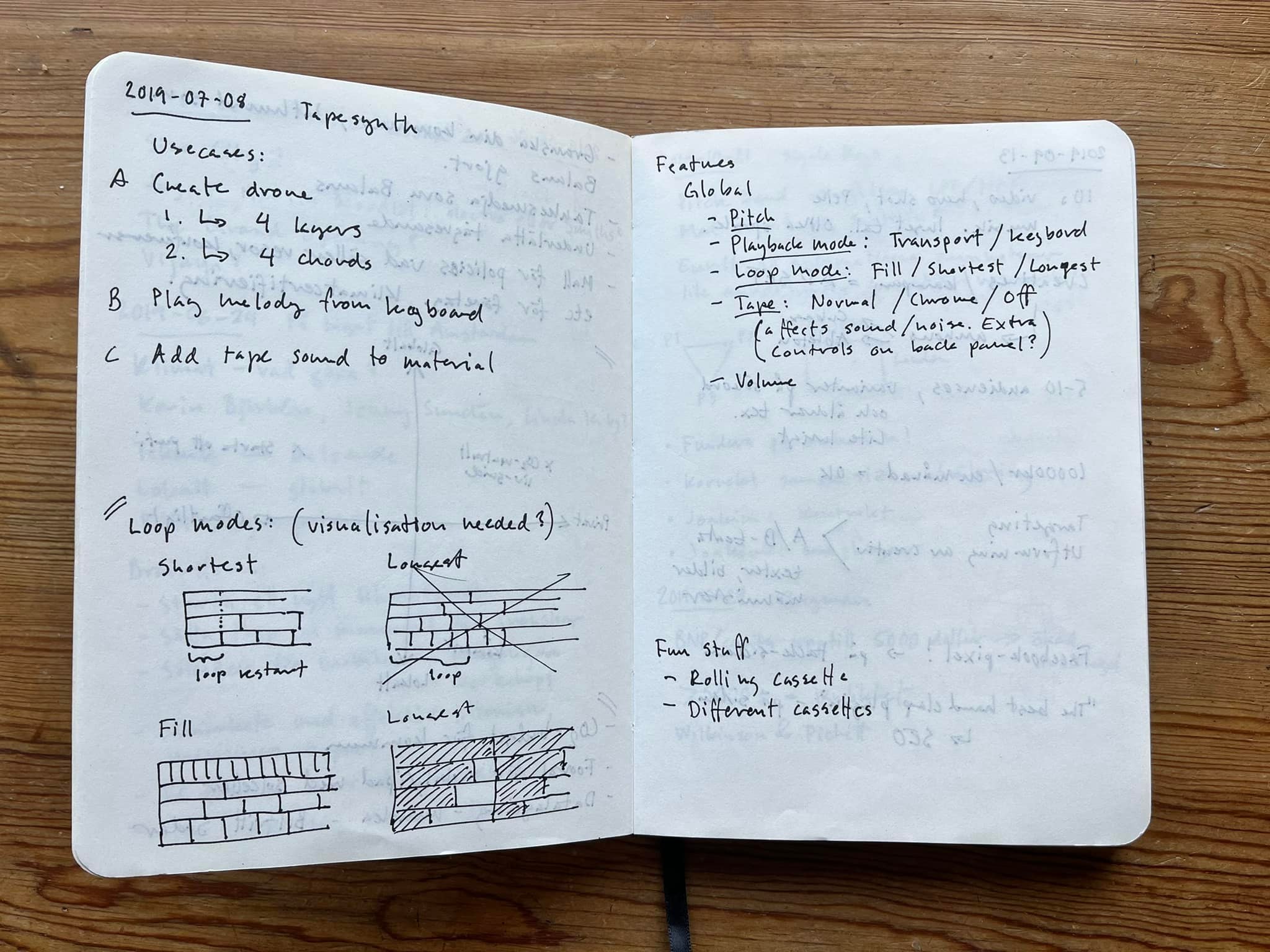
Niklas and I are so old that we started out recording with portastudios, and we think there is something special and mythical about them. In the last few years, there have been a lot of artists working with tape loops on portastudios, and getting great results.
For example, Alessandro Cortini using a portastudio tape loop when playing live with Nine Inch Nails. Also, the Stranger Things soundtrack sparked a lot of interest in LO-FI sounds. So there were a lot of similar concepts in the air, but the idea came to me on a bus to the zoo with the kids on a summer day in 2019.
That fall, I built a fully working prototype in PD, and this convinced Niklas and Erik that the idea had potential.
During development, we actively decided to make it as realistic as possible. For example, it is pretty loosely connected to the DAW timeline, just like a free running 4-track recorder would be. We made some compromises, though, to make it more musically useful.
For example, the Return To Zero function is instantaneous. So you don’t need to wait for the tape to rewind, like in the old days!
What Makes The Portatron Unique?
There are lots of great plugins simulating the tape sound, and there are a few instruments that simulate tape transport (like Grain in Reason).
But the 4 tracks that go in parallel, with the same pitch and wobble, is pretty unique and also work as a sort of additive sample synthesis where you can combine 4 samples into one sound.
The limitation to 4 tracks can also spark some creativity in an Eno-esque way. During development, we also noticed that the rate of “happy accidents” is pretty high.
What Does Robotic Bean Have Lined Up For The Future?
We have many ideas on how to develop and expand Portatron’s feature set, and getting feedback from our users is really important for how we prioritize these. Stuff like recording, bouncing, and individual pitch and time editing for each track.
But there is no timetable for when this will happen. Besides this, we have a long list of other plugins we would like to build. Coming up with ideas is easy; it’s the product design, coding, and ironing out all edge cases that is the tricky part.






